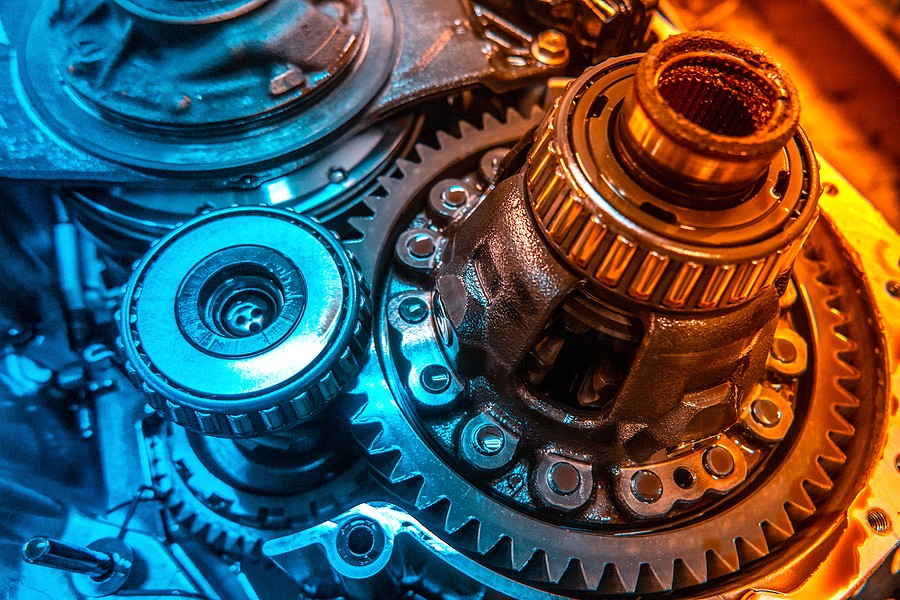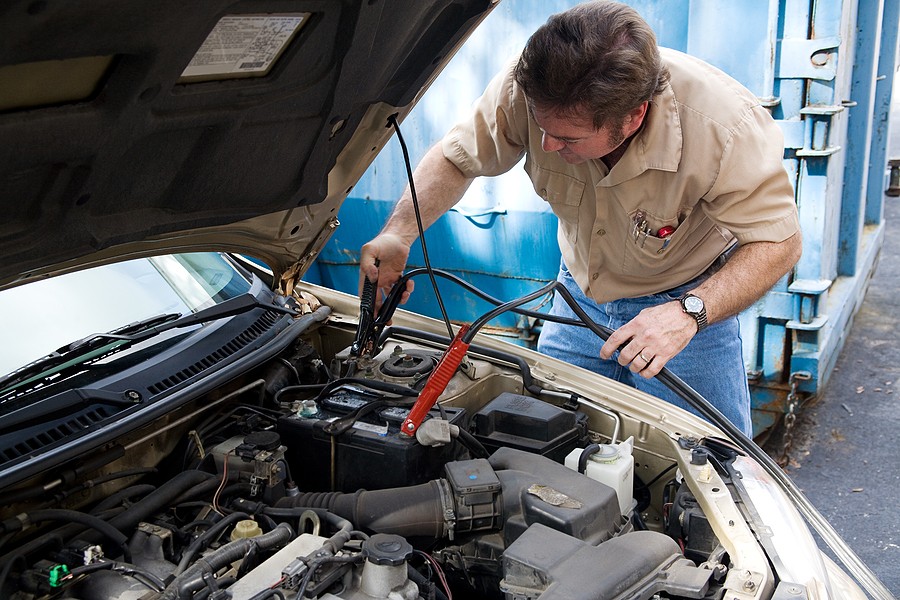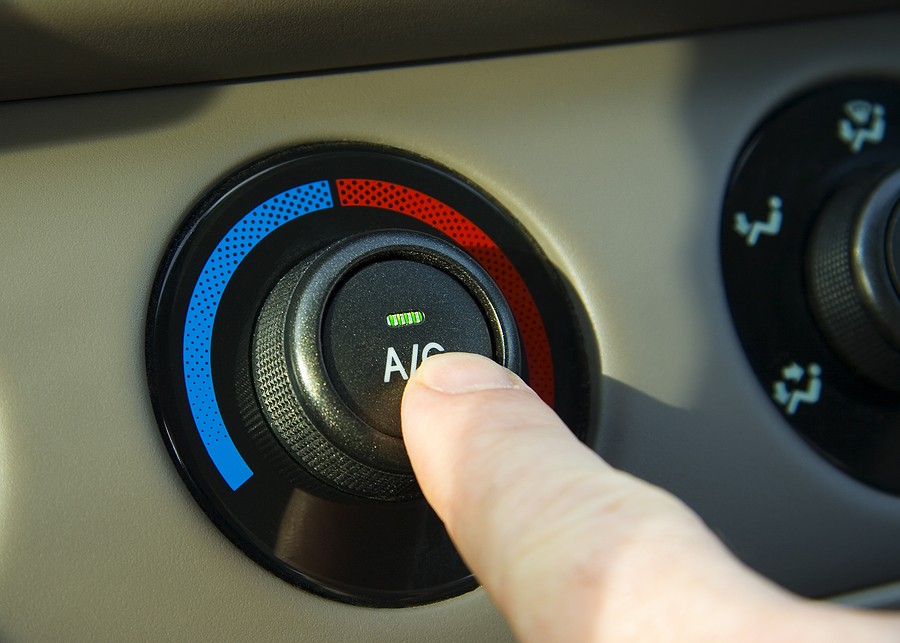Introduction to Car AC Systems
Air conditioning is a staple in modern vehicles, offering both comfort and convenience. However, when the cooling system fails, it's more than just an inconvenience; it becomes a pressing issue, especially in sweltering heat. This guide aims to shed light on the intricacies of car AC systems, their common problems, and detailed troubleshooting steps.
Understanding the Anatomy of Car AC Systems
- Compressor: Often considered the heart of the AC system, it compresses and circulates the refrigerant.
- Condenser: This transforms the refrigerant from gas to liquid, releasing the heat absorbed from the car's interior.
- Receiver-Drier: It removes moisture and contaminants from the refrigerant.
- Expansion Valve: It controls the flow of refrigerant into the evaporator.
- Evaporator: It transforms refrigerant from liquid to gas while absorbing heat from the interior.

Common Reasons for AC Failure
Air conditioning systems can fail due to various reasons. Being aware of these reasons helps in early detection and repair.
- Refrigerant Leaks: Even a small leak can cause a significant drop in efficiency. Locating and fixing leaks is paramount to the system's functionality.
- Failed Compressor: The compressor is vital. If it fails, the AC system won't work. Causes for failure can range from lack of lubrication to electrical issues.
- Blocked Condenser: Situated in front of the radiator, the condenser can easily get blocked by road debris. A blocked condenser can't dissipate heat, causing the system to overheat.
- Electrical Issues: These can include relays, resistors, or fuses. Electrical components can corrode or fail over time, causing the system to malfunction.
- Faulty Cooling Fans: If these aren't working, the condenser and radiator can't cool down, impacting the AC's effectiveness.
- Ventilation Issues: A blockage or malfunction in the blower motor or vent controls can prevent cold air circulation.

Preliminary Checks Before Troubleshooting
- AC Control Settings: Surprisingly, many issues arise from mistakenly adjusted controls. Double-check them before diving into detailed troubleshooting.
- Noise Check: When activated, any unusual noises like grinding or hissing from the AC system can hint at underlying issues.
- Odor Detection: A moldy smell may suggest bacterial build-up, while a sweet scent might indicate a refrigerant leak.
- Temperature & Airflow: The air's temperature can help identify issues, from low refrigerant to a blocked evaporator.
Diving Deep: Comprehensive Troubleshooting Steps
- Refrigerant Levels: Check for refrigerant leaks using a UV dye or a leak detection kit. Recharge the system if levels are low.
- Compressor Health: Check the clutch and electrical connections. If the clutch isn't engaging, you might need a new compressor.
- Inspecting the Condenser: Ensure there are no obstructions. Check for any visible damages or wear.
- Electrical System Audit: Inspect all relays, fuses, and wires associated with the AC system. A multimeter is a handy tool for this.

- Cooling Fans: Test their operation. Faulty fans can be replaced, but sometimes the problem lies in the relay or fuse.
- Evaporator and Cabin Filter: Ensure they're clean and clear of debris. A clogged evaporator can freeze, impeding performance.
- Drive Belt & Pulleys: Check for signs of wear. A squealing noise often indicates a slipping belt.
- System Pressure: Using an AC gauge set, verify that the system's pressure aligns with the manufacturer's specifications.
- Blend Air Door: Ensure it's functioning correctly. If it's stuck, it can mix hot air with the cold.
- Thermostat Calibration: Ensure it reads correct temperatures.
Maintenance: Preventing Future AC Issues
- Regular AC Use: Running the AC once a week, even in winter, ensures parts remain lubricated.
- Refrigerant & Pressure Check: At least once a year, get these checked.
- Cabin Filter Replacement: A clean filter guarantees optimal airflow.
- System Cleaning: Over time, moisture can lead to bacterial growth. Use an anti-bacterial treatment to clean the system.
- Professional Servicing: A routine professional check can identify potential problems early on.

When to Seek Professional Help
While DIY solutions are a great first step, it's crucial to recognize when a situation requires an expert's touch.
- Complex Electrical Issues: If after checking fuses and relays the problem persists, it might be time to see an expert. Diagnosing electrical problems can be intricate and might require specialized tools.
- Recurring Refrigerant Leaks: Should the refrigerant keep running low despite regular top-ups, this could signify a hidden leak or underlying compressor issue, warranting a deeper look by a mechanic.
- Consistent Overheating: An AC system that continuously overheats, even after clearing obvious obstructions, may be pointing to a deeper systemic issue.
- Compressor Failures: Replacing a compressor is a complex task. If you suspect your compressor has bitten the dust, it's best to consult with a mechanic to confirm the diagnosis and consider replacement options.
The Impact of External Factors
It's worth noting that the external environment plays a significant role in AC efficiency:
- Ambient Temperature: On extremely hot days, your car's AC might seem less efficient due to the vast temperature difference between the interior and exterior.
- Humidity Levels: High humidity can make the cooling seem less intense as the system works harder to condense moisture from the air.
- Car Color and Sunlight: Dark-colored cars absorb more heat, making the interior hotter and the AC seem less effective. Parking in the shade or using sunshades can help.

Upgrades and Enhancements
If you're looking to enhance your AC's performance, there are several avenues to explore:
- Tinted Windows: They not only provide privacy but also reduce the interior temperature, aiding in AC efficiency.
- Performance Refrigerants: Some aftermarket refrigerants claim to offer better cooling. Research thoroughly and choose products that are environmentally friendly.
- Insulation: Adding insulation to the car's interior, like under the floor mats and within door panels, can help maintain cool temperatures.
- Regularly Cleaning External Vents: Dust and debris can accumulate in the vents over time. Keeping them clean ensures optimal airflow and cooling.
The Environmental Aspect
It's essential to be aware of the environmental implications of automotive AC systems:
- Refrigerant Management: Ensure that the refrigerant is captured and recycled when servicing the system. Releasing it into the atmosphere can be harmful.
- Optimizing Use: While it's tempting to blast the AC on high constantly, try to use it judiciously. On cooler days, consider using the car's vent system.
- Eco-friendly Alternatives: The automotive industry is moving towards more environmentally friendly refrigerants. Stay informed and consider using them when possible.

Wrap-Up
A car's AC system, like any other part, requires attention, care, and occasional intervention. With this expansive guide, you're well-equipped to address a variety of AC issues, ensure optimal performance, and stay cool even during the hottest of journeys.



